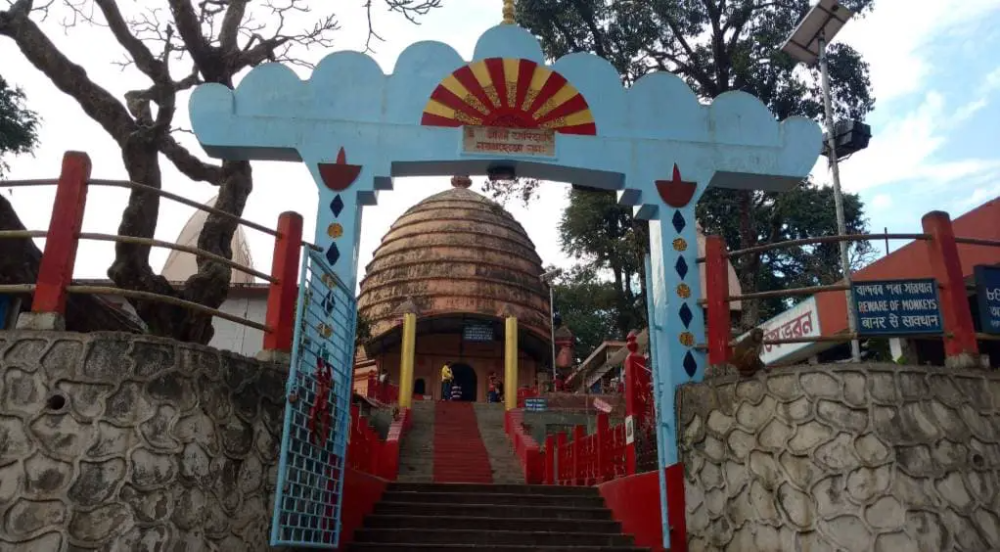

The Navagraha Temple, nestled atop Chitrachal Hill in Guwahati, Assam, is one of the ancient seats of astrological and astronomical research. It is dedicated to the nine celestial bodies (the sun, moon, and planets), which are deeply revered in Hindu mythology. The history of tourism at Navagraha Temple is intertwined with its cultural and religious significance.
The origins of the temple can be traced back to the late 18th century during the reign of King Rajesvar Singh, who was a member of the Ahom dynasty. The site has been a center of Vedic astrology and has drawn pilgrims for centuries. Initially, most visitors were devout Hindus and scholars passionate about astrology and astronomy. The spiritual and educational pull of the Navagraha Temple played a critical part in shaping its initial tourist appeal.
In the 20th century, with India’s independence and the subsequent development of infrastructure, Guwahati became easier to reach. This led to an increase in domestic tourists who were keen to explore the religious and historical spots of India. The Navagraha Temple, with its unique astronomical significance, became a must-visit destination for both pilgrims and travelers interested in the esoteric aspects of Indian culture.
The rise of global tourism in the 21st century has seen the Navagraha Temple gain international attention. Improvements in the local infrastructure, including better roads, more accommodations, and enhanced facilities around the temple, have facilitated the growth of the tourist footfall. The Assam Tourism Development Corporation has taken steps to promote temples like the Navagraha as part of a broader effort to showcase the state’s cultural heritage.
The current trends in tourism at the Navagraha Temple are reflective of a wider interest in experiential travel. Visitors are increasingly seeking to engage with the temple not just as spectators but as participants in the rituals and traditions. Also, the use of technology and social media has sparked a renewed interest in such historic sites. People are drawn by the picturesque surroundings and the temple’s history, which they love to capture and share online.
Importance is also being given to the preservation of the temple and its surroundings. This involves balancing tourist interest with ecological and structural sustainability. The local authorities and community groups emphasize responsible tourism to ensure that the sanctity and the environmental integrity of Chitrachal Hill and the Navagraha Temple are maintained for future generations.
The Navagraha Temple of Guwahati is a testament to the rich cultural tapestry of Assam. The journey of this temple from a local pilgrimage site to a nationally and internationally recognized destination parallels the evolution of tourism in the region. With the ongoing trend of immersive cultural experiences, the Navagraha Temple continues to shine as a beacon of historical and spiritual tourism in India.